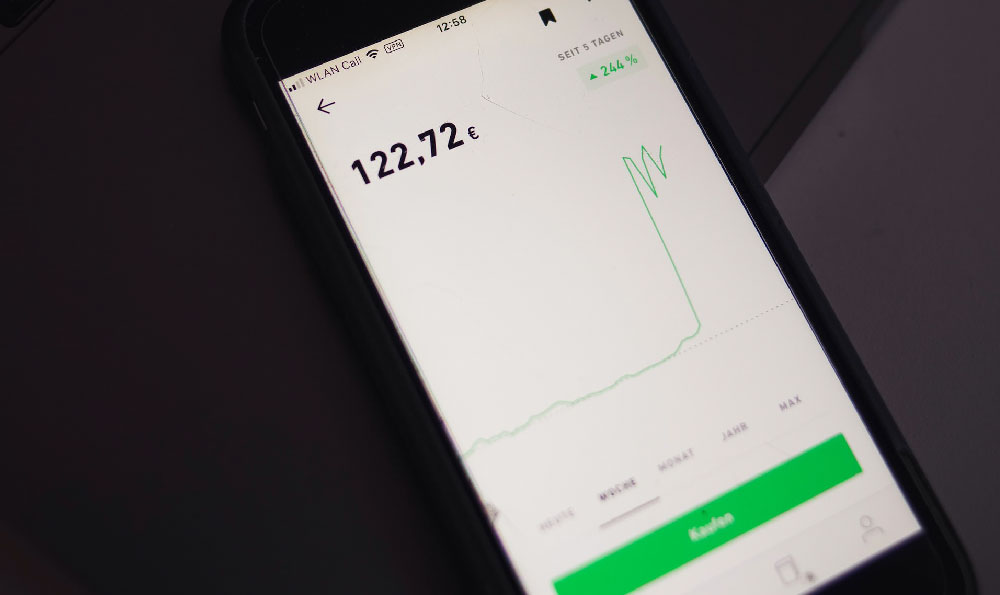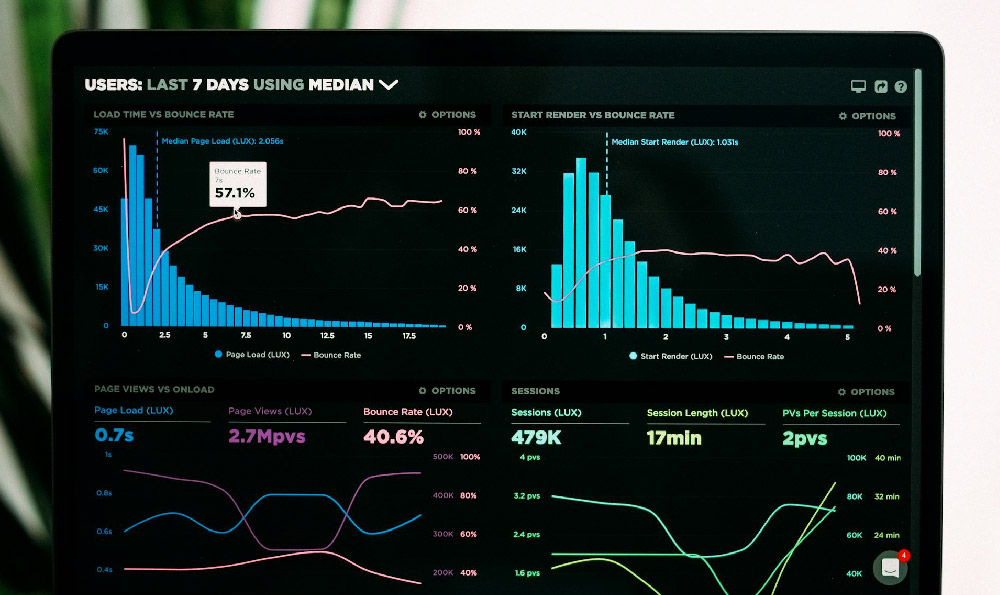Artist earnings are a multifaceted topic that defies simple generalizations, as they vary dramatically across disciplines, mediums, and individual circumstances. While some artists achieve significant financial success through commercial ventures or high-profile commissions, others may struggle to make ends meet, relying on part-time work or public grants to sustain their creative pursuits. Understanding the average income for creative professionals requires examining the intersection of artistic skill, market demand, and the evolving nature of the creative industry itself.
The financial landscape for artists is often shaped by the type of work they produce. Traditional visual artists, such as painters or sculptors, typically earn income through gallery sales, private commissions, or public exhibitions. According to data from the U.S. Bureau of Labor Statistics, the median annual wage for fine artists in 2022 was approximately $47,000, although this figure is skewed by outliers—successful artists who earn much more than the average. However, this number also reflects the challenges of the field, as many visual artists work part-time or freelance, with income fluctuating based on the availability of buyers, the reputation of the artist, and the economic conditions of the art market. For instance, during periods of economic downturn, the demand for art often decreases, impacting artists' ability to generate consistent revenue. Conversely, during cultural shifts or economic growth, certain art forms may experience a surge in demand, creating new opportunities for income.
In contrast, performing artists such as musicians, actors, and dancers may derive income from a mix of sources, including performances, recordings, touring, and brand partnerships. The income disparity here is vast, with established musicians or actors at the top of the industry earning millions annually, while independent creators may rely on platforms like Spotify, YouTube, or Patreon to monetize their work. For example, a mid-tier musician might earn a modest income from streaming royalties, which account for a fraction of their total revenue, supplemented by educational workshops or merchandise sales. Similarly, actors in the film or theater industry often have variable income, with peak earnings during successful projects and lower pay during periods of unemployment. The rise of digital platforms has democratized access to audiences, yet it has also intensified competition, forcing artists to innovate to stand out.

Moreover, the income of creative professionals is heavily influenced by the effectiveness of their marketing strategies and the visibility of their work. In an era where social media dominates cultural consumption, artists who harness platforms like Instagram, TikTok, or Behance to showcase their portfolios can significantly boost their earning potential. However, the relationship between online presence and income is not linear; it requires a nuanced approach that balances artistic integrity with strategic promotion. For example, a digital artist who gains traction on NFT marketplaces may see a drastic change in their income trajectory compared to a traditional painter whose works are primarily sold in physical galleries. Additionally, the ability to diversify income streams is a critical factor in financial stability, as reliance on a single source can leave artists vulnerable to market fluctuations.
The location of an artist also plays a role in determining their income, as geographic disparities affect both the cost of living and the availability of funding opportunities. Artists in major metropolitan areas often have access to more lucrative markets and higher-profile galleries, but they also face elevated living expenses, which can reduce their net income. Conversely, artists in smaller cities or rural regions may encounter lower costs of living but also fewer commercial opportunities. Government grants, residencies, and nonprofit organizations often provide financial support to artists in certain regions, particularly those with a strong cultural or artistic heritage.
Ultimately, the average income for creative professionals is not a fixed number but rather a dynamic variable influenced by numerous factors, from market trends to individual career choices. While some artists navigate the financial challenges of their craft through persistent networking and strategic monetization, others may pursue alternative paths such as teaching, writing, or community-based projects to ensure a steady income. The rise of the gig economy and digital platforms has further complicated this landscape, offering both new revenue streams and heightened competition. For those aspiring to build a sustainable career in the arts, a combination of financial literacy, adaptability, and a clear understanding of the market is essential to navigate the complexities of artistic income.












